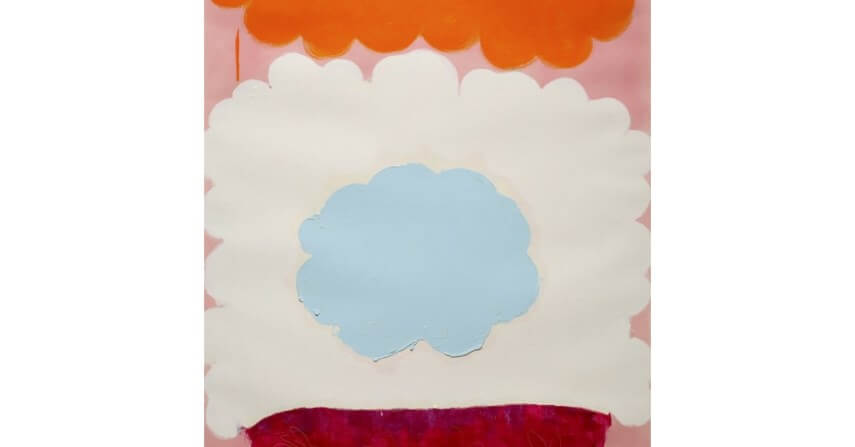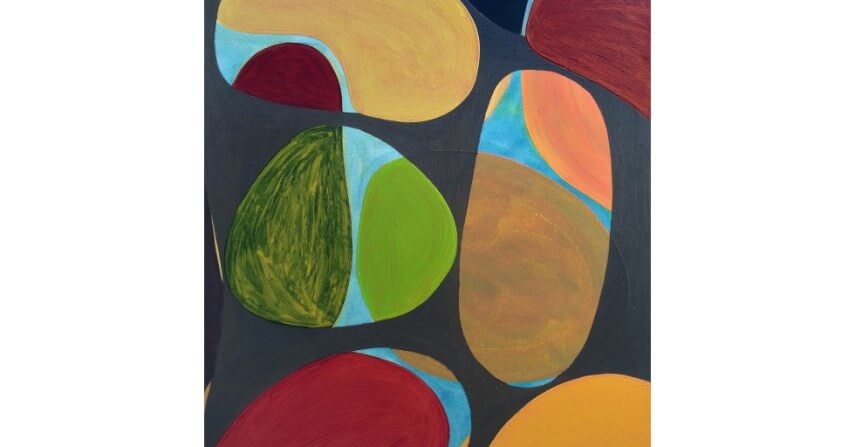
Art Packaging
In an ever-increasing cosmopolitan and international art world, in which online platforms like IdeelArt are facilitating sales to and from all corners of the globe, artwork can travel thousands of miles to reach their destination, making good packaging more crucial than ever before. Any art lover can imagine the disappointment of unwrapping a newly purchased work, only to find a dented corner, scratched or discolored surface, or chipped frame. Whether a work traverses the globe or simply travels around the corner, protective packaging is a must when it comes to ensuring the quality and safety of a work. Below you can find some tips and guidelines on how to package to perfection.
Art Packaging - Framed artworks
When it comes to packaging a framed painting, the first challenge is to find a suitable container that will fit the painting with enough room for ample padding, but not so much extra space that the piece is at risk of moving about during transportation. For this we recommend leaving 2 or 3 inches of space on each side of the artwork. There are a number of suitable containers on the market, and depending on the size and dimensions of the piece, a mirror box (used for transporting mirrors) may be a good fit. There are some purpose-built boxes available online, such as U.S.-based Airfloat Systems; however, such solutions can prove costly and in some cases the best option is to use a custom wooden crate of appropriate dimensions. Once the container has been selected, wrap the piece in a layer of acid-free or glassine paper and a layer of bubble wrap. Lay a piece of thick packing foam on the bottom of the box or crate, then place the artwork on top, making sure to stuff the space between the outside edges of the frame and the box with packing material (such as foam strips or peanuts), before laying an additional foam sheet on top of the work, stuffing any free space with packing material, and sealing the container.
 Richard Caldicott - Untitled (14), 2013, 20 x 24 in
Richard Caldicott - Untitled (14), 2013, 20 x 24 in
Unframed artworks
Unframed artworks require a strong and sturdy backing, such as a piece of cardboard or foam core. It is important not to tape the piece directly to the backing, however, since this would risk severely damaging the work. To avoid this, fold four sheets of acid-free paper into triangles with one side open, and slot these over the four corners of your work. Then, taping only the corner covers and the backing sheet, affix the work to the backing securely. Next, tape further sheets of cardboard to each side of the piece, again only making contact with the cardboard backing and not the piece itself. For added protection, the piece can be packed inside a larger container, as outlined in the above section.
 Anya Spielman - Lapin, 2009, 40.9 x 28.7 in
Anya Spielman - Lapin, 2009, 40.9 x 28.7 in
Rolled paper artworks
For smaller artworks on paper, the best transportation option is to roll the piece and package it inside a mailing tube. For this method, you will need a pair of hard mailing tubes, the larger of which should have a diameter between 8 and 12 inches, with the smaller fitting within the large tube. First cover both sides of the piece with acid-free or glassine paper, before rolling the piece around the outside of the smaller tube for support. Then wrap the tube in bubble wrap and secure with tape, and place the inner tube inside the larger mailing tube, filling any gaps and spaces with packing material, and taking care not the crush the edges of the rolled work.
 Gary Paller - #11 (2013), 2013, 48 x 35.8 in
Gary Paller - #11 (2013), 2013, 48 x 35.8 in
Sculptures
Packing a sculpture can prove slightly more difficult, particularly when the piece is fragile or irregularly shaped. Nevertheless, with ample padding most sculptures can be packaged safely and securely. After choosing a box of appropriate dimensions, wrap the piece in bubble wrap, and secure with tape. Once the piece has been properly wrapped, fill the container with packing material, such as shredded paper, leaving enough space for the sculpture. Place the sculpture inside, ensuring no part of the piece is in contact with the box itself, and fill any spaces before sealing and securing the box.
 Holly Miller - Rise #3, 2014, 35.8 x 35.8 in
Holly Miller - Rise #3, 2014, 35.8 x 35.8 in
Tips
Before sending a packaged piece, remember to mark the box as “fragile”. Take extra care of the corners of a piece. Most cases of damage to artworks during postage or delivery pertain to the corners, since this is the area most vulnerable to knocks and bumps. To avoid damage to the corners, it is important to provide extra support and padding. When shopping for packaging materials, keep an eye out for “archival quality” tissue or glassine paper, since it will not deteriorate over time or damage works. Try not to touch the artwork directly to avoid soiling it with marks or fingerprints, or otherwise damaging fragile pieces, especially when the piece in question is particularly susceptible to smudging, such as chalk, pastel, or soft pencil drawings.
Featured Image: Jessica Snow - Six Color Theorum, 2013, 48 x 48 in (All Images used for illustrative purposes)






